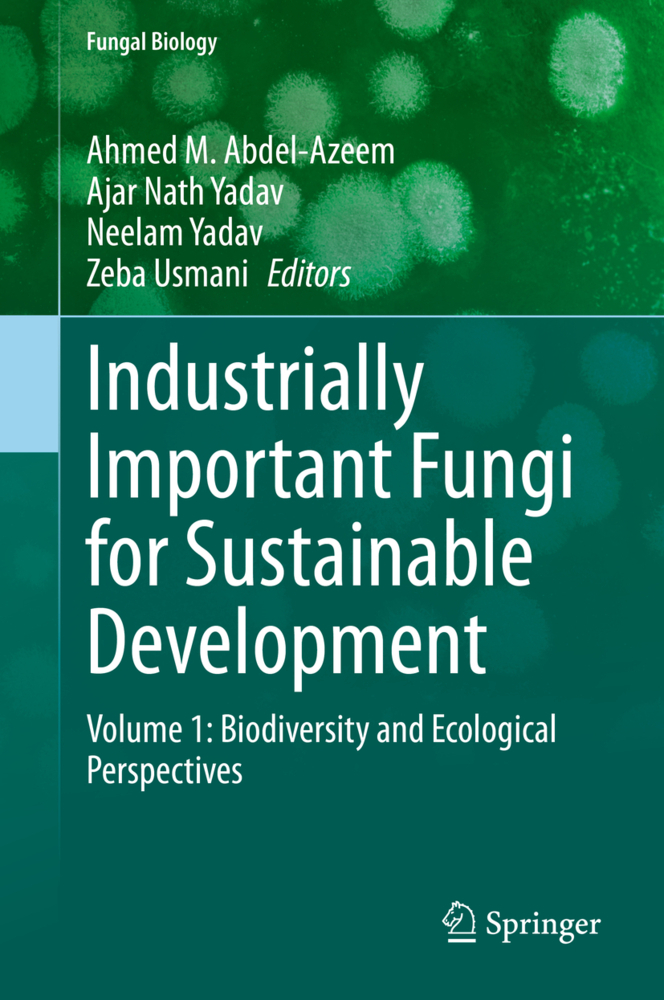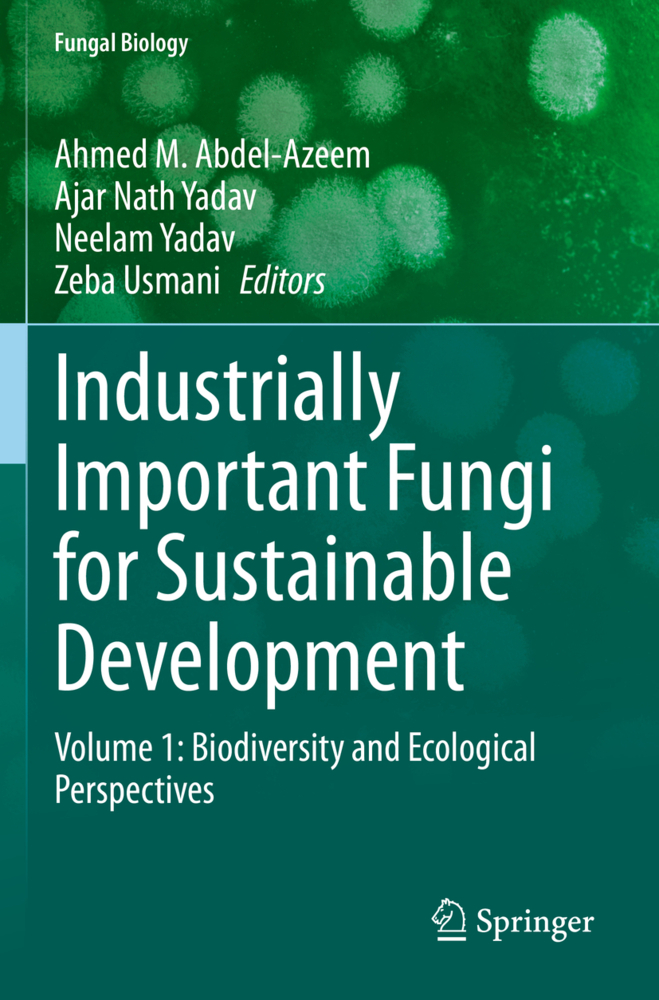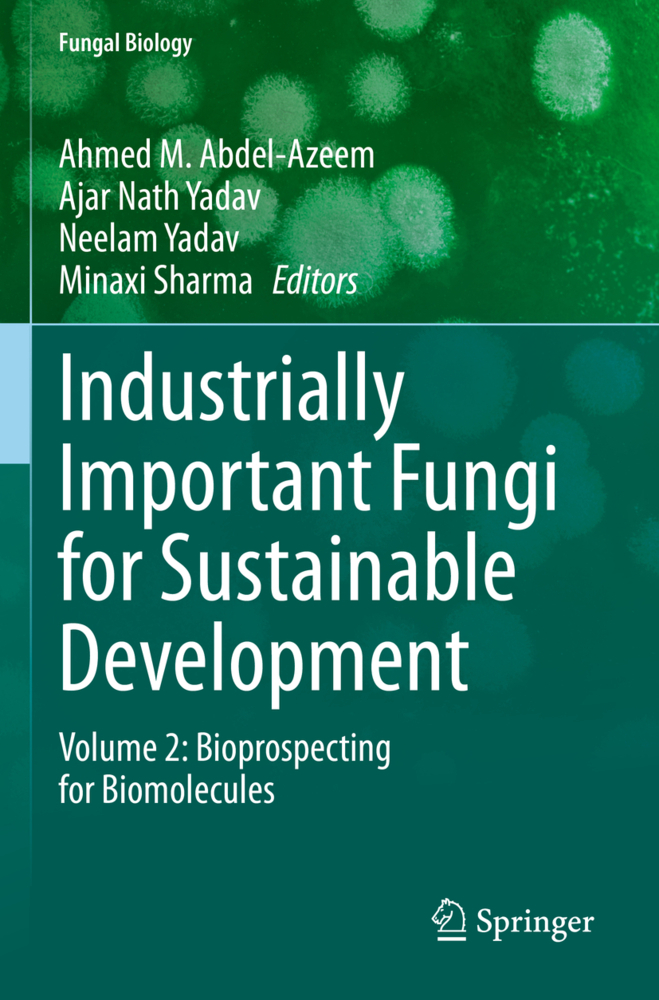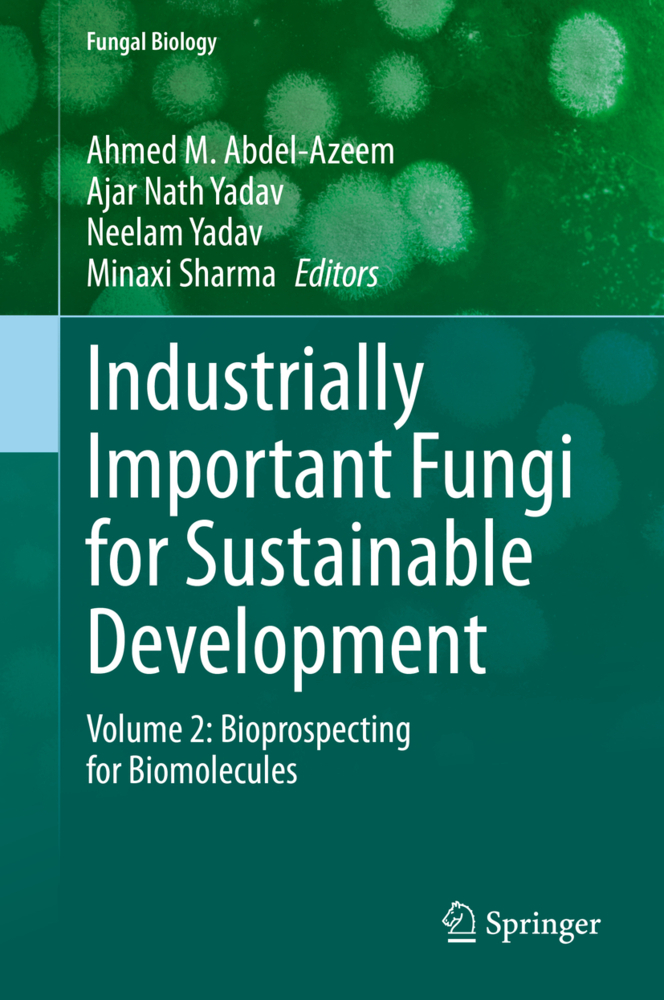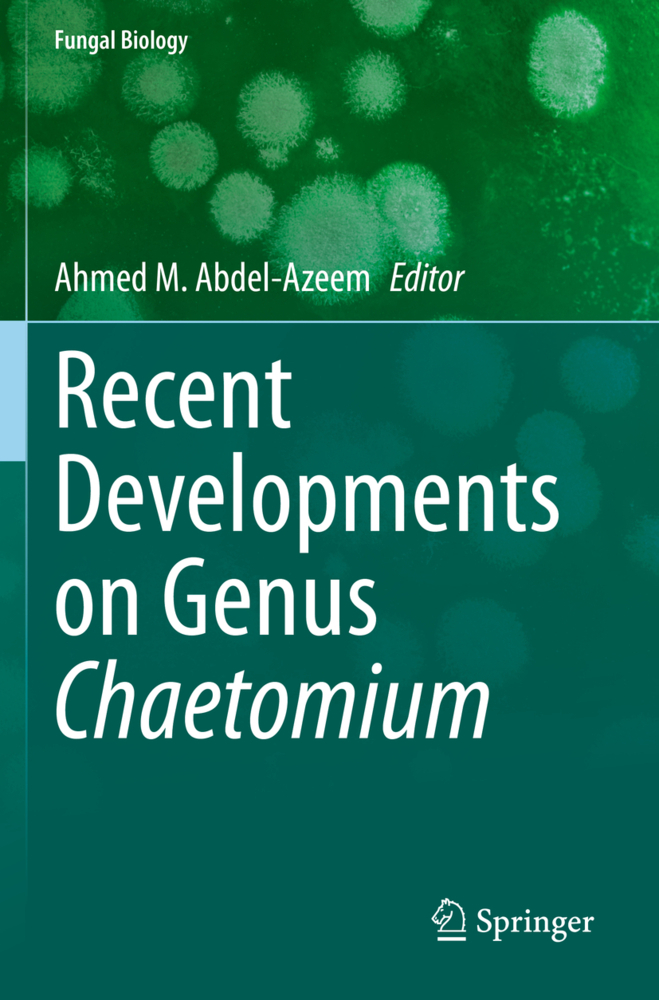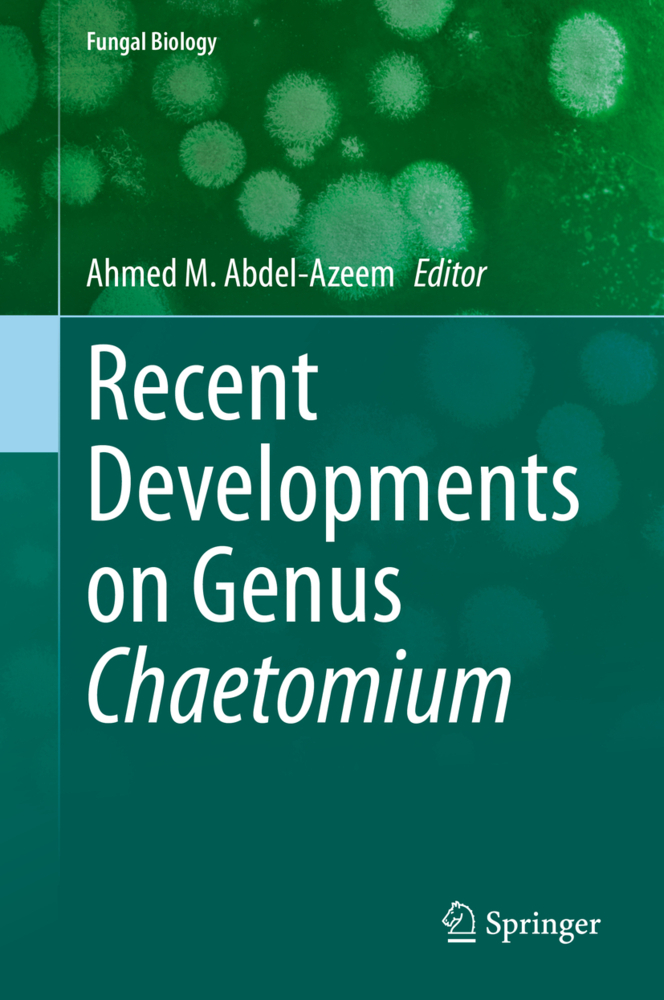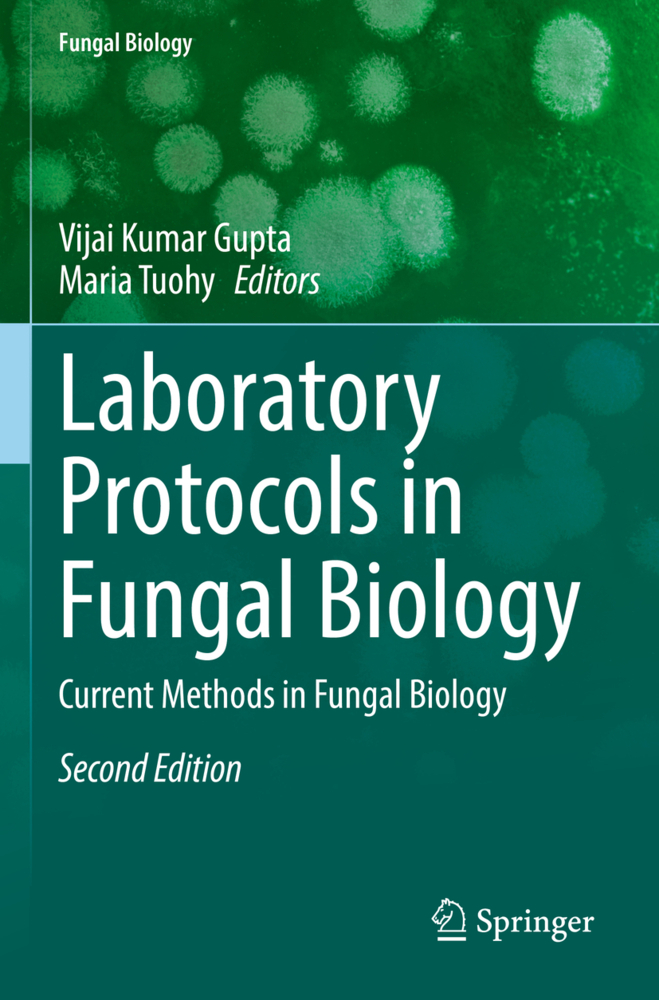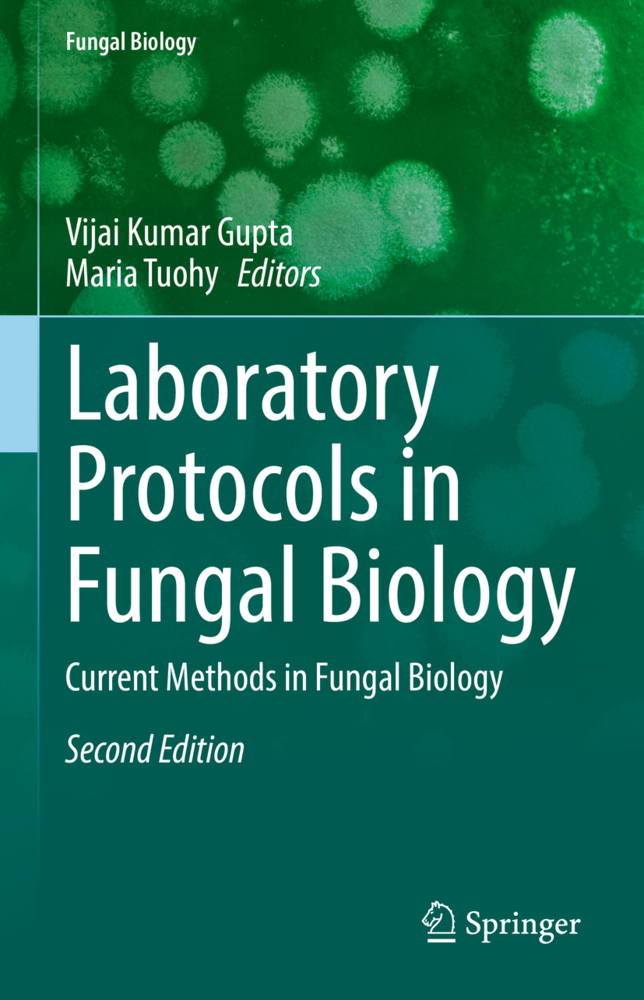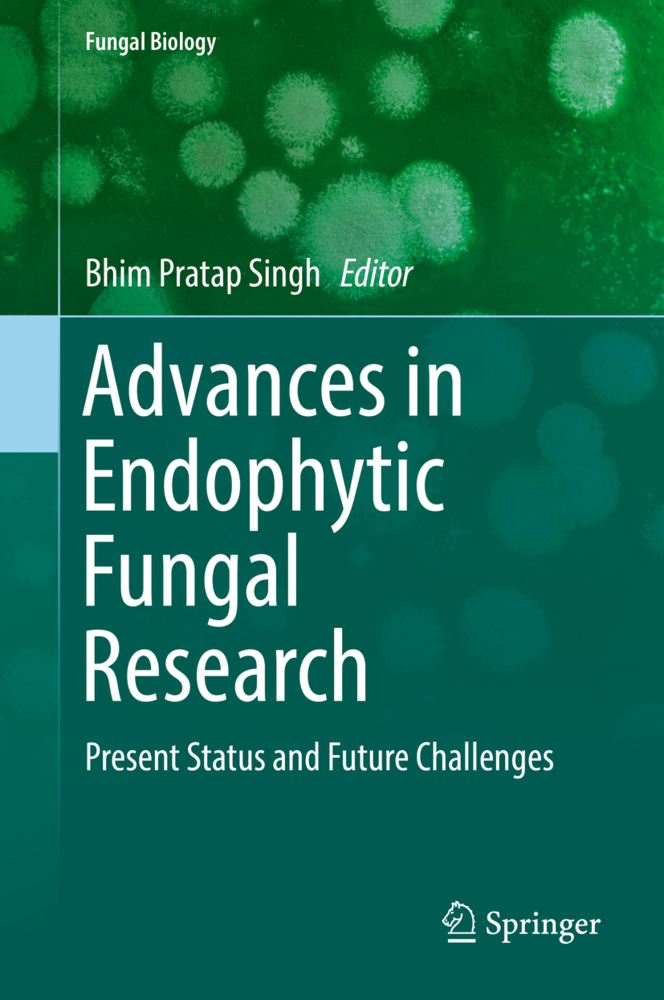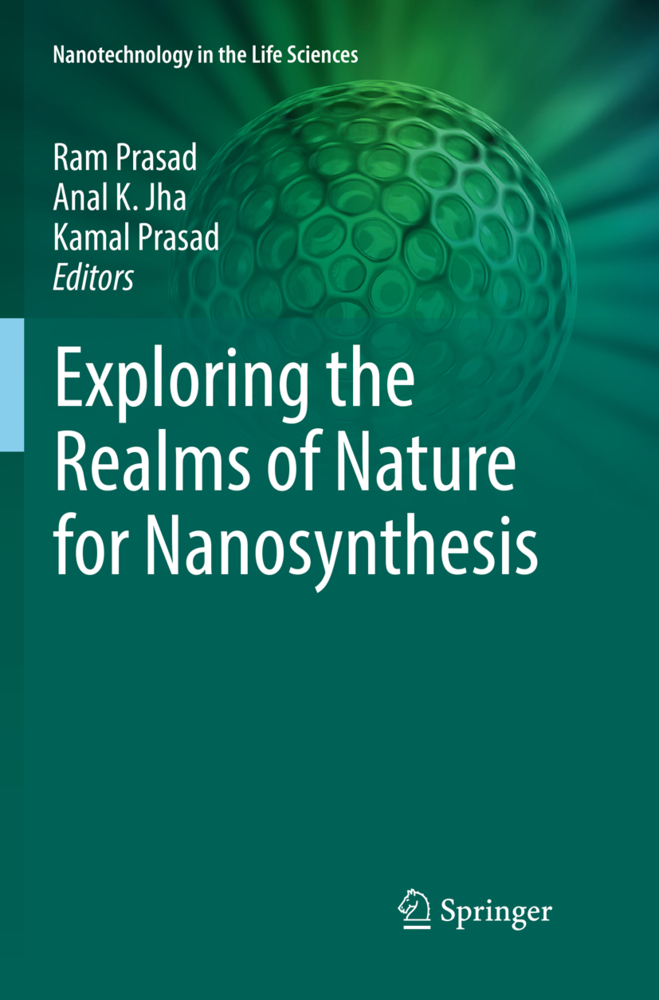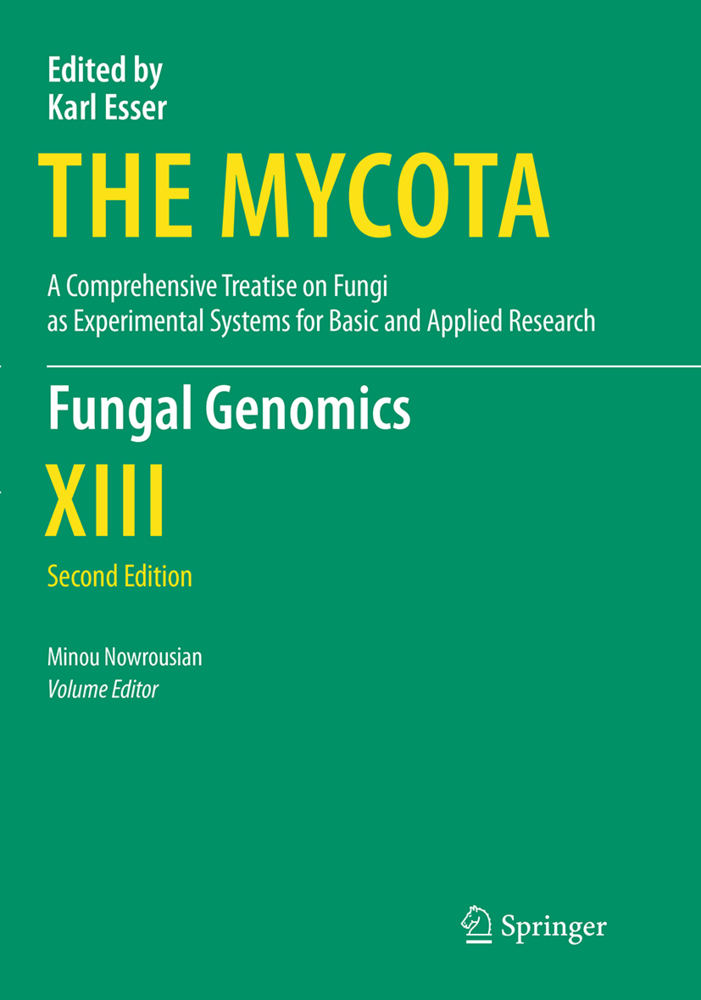Industrially Important Fungi for Sustainable Development
Volume 1: Biodiversity and Ecological Perspectives
Industrially Important Fungi for Sustainable Development
Volume 1: Biodiversity and Ecological Perspectives
Fungi are an understudied, biotechnologically valuable group of organisms. Due to their immense range of habitats, and the consequent need to compete against a diverse array of other fungi, bacteria, and animals, fungi have developed numerous survival mechanisms. However, besides their major basic positive role in the cycling of minerals, organic matter and mobilizing insoluble nutrients, fungi have other beneficial impacts: they are considered good sources of food and active agents for a number of industrial processes involving fermentation mechanisms as in the bread, wine and beer industry. A number of fungi also produce biologically important metabolites such as enzymes, vitamins, antibiotics and several products of important pharmaceutical use; still others are involved in the production of single cell proteins. The economic value of these marked positive activities has been estimated as approximating to trillions of US dollars. The unique attributes of fungi thus herald greatpromise for their application in biotechnology and industry. Since ancient Egyptians mentioned in their medical prescriptions how they can use green molds in curing wounds as the obvious historical uses of penicillin, fungi can be grown with relative ease, making production at scale viable. The search for fungal biodiversity, and the construction of a living fungi collection, both have incredible economic potential in locating organisms with novel industrial uses that will lead to novel products. Fungi have provided the world with penicillin, lovastatin, and other globally significant medicines, and they remain an untapped resource with enormous industrial potential.
Volume 1 of Industrially Important Fungi for Sustainable Development provides an overview to understanding fungal diversity from diverse habitats and their industrial application for future sustainability. It encompasses current advanced knowledge of fungal communities and their potential biotechnological applications in industry and allied sectors. The book will be useful to scientists, researchers, and students of microbiology, biotechnology, agriculture, molecular biology, and environmental biology.
4. Truffles: Biodiversity, Ecological Significances and Biotechnological applications
5. Biodiversity and Industrial Applications of Genus Chaetomium
6. Diversity of Cordyceps from Different Environmental Agroecosystems and Potential Applications
7. Exploring Fungal Biodiversity of Genus Epicoccum and their Biotechnological Potential
8. Molecular Taxonomy, Diversity and Potential Applications of Genus Fusarium
9. Ganoderma: Diversity, Ecological Significances and Potential Applications in Industry and Allied Sectors
10. Diversity, Phylogenetic Profiling of Genus Penicillium and Their Potential Applications
11. Piriformospora indica: Biodiversity, Ecological Significances and Biotechnological Applications for Agriculture and Allied Sectors
12. Saccharomyces and their Potential Applications in Food and Food Processing Industries
13. Biodiversity of Genus Trichoderma and their Potential Applications
14.Role of Fungi in Bioremediation of Soil Contaminated with Persistent Organic Compounds
15. Fungal Biopesticides for Agro-Environmental Sustainability
16. Role of Fungi in Bioremediation of Soil Contaminated with Heavy Metals
17. Biodiversity and Biotechnological Applications of Industrially Important Fungi: Current Research and Future Prospects.
Volume 1 of Industrially Important Fungi for Sustainable Development provides an overview to understanding fungal diversity from diverse habitats and their industrial application for future sustainability. It encompasses current advanced knowledge of fungal communities and their potential biotechnological applications in industry and allied sectors. The book will be useful to scientists, researchers, and students of microbiology, biotechnology, agriculture, molecular biology, and environmental biology.
1. Biodiversity and Ecological Perspective of Industrially Important Fungi: An Introduction.- 2. Arbuscular Mycorrhizal Fungi: Biodiversity, Interaction with Plants and Potential Applications
3. Aspergillus from Different Habitats and Their Industrial Applications4. Truffles: Biodiversity, Ecological Significances and Biotechnological applications
5. Biodiversity and Industrial Applications of Genus Chaetomium
6. Diversity of Cordyceps from Different Environmental Agroecosystems and Potential Applications
7. Exploring Fungal Biodiversity of Genus Epicoccum and their Biotechnological Potential
8. Molecular Taxonomy, Diversity and Potential Applications of Genus Fusarium
9. Ganoderma: Diversity, Ecological Significances and Potential Applications in Industry and Allied Sectors
10. Diversity, Phylogenetic Profiling of Genus Penicillium and Their Potential Applications
11. Piriformospora indica: Biodiversity, Ecological Significances and Biotechnological Applications for Agriculture and Allied Sectors
12. Saccharomyces and their Potential Applications in Food and Food Processing Industries
13. Biodiversity of Genus Trichoderma and their Potential Applications
14.Role of Fungi in Bioremediation of Soil Contaminated with Persistent Organic Compounds
15. Fungal Biopesticides for Agro-Environmental Sustainability
16. Role of Fungi in Bioremediation of Soil Contaminated with Heavy Metals
17. Biodiversity and Biotechnological Applications of Industrially Important Fungi: Current Research and Future Prospects.
Abdel-Azeem, Ahmed M.
Yadav, Ajar Nath
Yadav, Neelam
Usmani, Zeba
| ISBN | 978-3-030-67560-8 |
|---|---|
| Medientyp | Buch |
| Copyrightjahr | 2021 |
| Verlag | Springer, Berlin |
| Umfang | XXVI, 589 Seiten |
| Sprache | Englisch |

